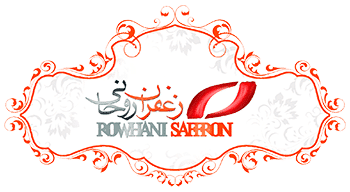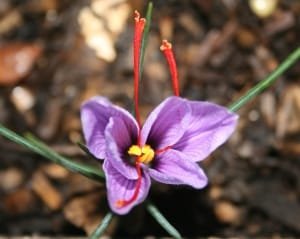The success of Iranian researchers in the organic production of saffron
Researchers at the Kermanshah Science and Technology Park Growth Center were able to produce organic saffron after four years of research.
Chenour Mohammadi, the executor of saffron, considered it a plant from the lily genus and said: In this research, we were able to produce clean and healthy saffron without the use of pesticides and chemical fertilizers.
Emphasizing that the saffron produced is organic, he reminded: to produce organic products, the farm must not have used any pesticides or chemical fertilizers for three years.
The executor of this project, emphasizing that micronutrients and spraying solutions have been used in the organic saffron farm, added: Since 2012, we have been producing organic saffron in Kermanshah.
Mohammadi considered saffron to be suitable for improving the function of the digestive system and increasing appetite and continued: Because this product helps blood circulation, it reduces kidney, bladder and liver disorders. In addition, saffron has blood purifying and anti-inflammatory properties.
He considered saffron to be a subtropical plant that grows in places with mild winters and hot and dry summers.
The researcher emphasized that the saffron plant has a high resistance to high cold, but because the growth period of this plant coincides with autumn, winter and early spring, so it needs suitable and moderate weather to cultivate it.
Emphasizing that irrigation or rain is harmful to this plant during its dormancy or rest period, he added: Therefore, the cultivation of this crop is not common in areas such as Gilan and the warm southern regions.
Mohammadi called the soil of this product light with a combination of sand and Russian and added: in such soil, saffron onion, in addition to providing food, is also resistant to special regional conditions.







Get Social